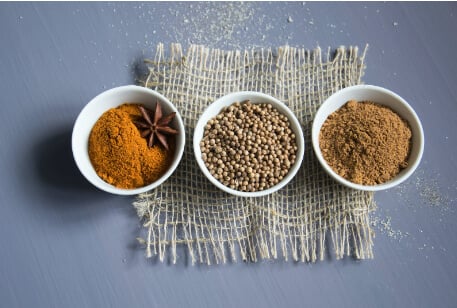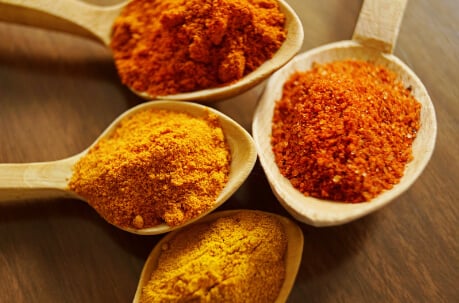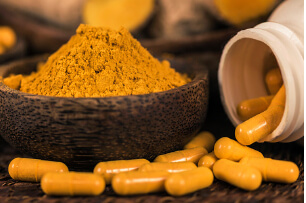Despite the similarity in their names, curcumin and cumin have diverse characteristics and provide unique advantages. The active component of turmeric, a rhizome that belongs to the ginger family, is curcumin, a polyphenol. Crushed turmeric and grated turmeric root give meals a deep, golden hue.
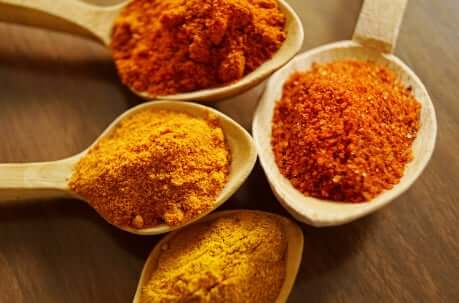
Contrarily, cumin, a member of the parsley family, is sold in supermarkets as powdered powder and tiny brown seeds. Both spices have strong scents and flavors and are frequently used as ingredients in South Asian and other international cuisines.
Benefits of Curcumin
According to an article published in Critical Reviews in Food Science and Nutrition in 2017, curcumin has many possible advantages, and healers have been using it for millennia in China and India. Numerous scientific studies on curcumin have been conducted in the modern era. The high scientific interest in curcumin is attributed to its Anti-Inflammatory and antioxidant capabilities, according to a review of studies published in Foods in 2017. Curcumin appears to seek out and stop the passage of free radicals in the body as an antioxidant. Free radicals are errant molecules that can seriously harm cells and result in chronic disease. [1]
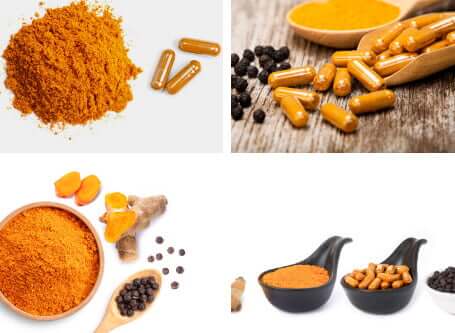
Due to its Anti-Inflammatory properties, curcumin can potentially prevent diseases like +Alzimik, +Parkolot, various Cancer, metabolic syndrome, Arthritis, and heart disease. The authors also discussed curcumin's potential for reducing +Inflammageing and muscle Pain brought on by exercise.[2]
There is a drawback to turmeric curcumin, though. It quickly leaves the body and has a low bioavailability when taken alone. According to the reviewers, curcumin appears to work best when paired with piperine, a substance found in black pepper.
Iron and manganese are two minerals that are abundant in turmeric. On a 2,000-calorie diet, a tablespoon of ground spice provides 93 percent of the recommended daily intake (RDI) for manganese and 29 percent of iron DV. Iron is necessary for the body to transport oxygen, and manganese aids bone health and wound healing.
Benefits of Cumin
Cumin is an ingredient in curry powder and chili powder that may have health advantages. According to a 2015 research paper published in Critical Reviews in Food Science and Nutrition, its primary component, the oil cumin aldehyde, possesses Antibacterial and antifungal effects. Several species of bacteria, including E.coli, are inhibited by this oil. Cumin is a viable food preservative since it kills E. coli.
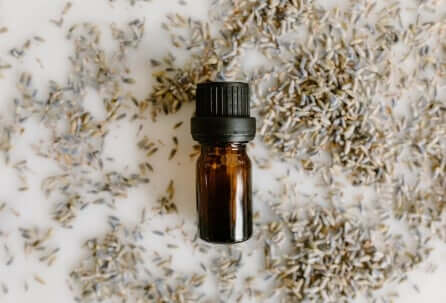
One investigation suggested that cumin may help to treat gastrointestinal (GI) issues. After conducting tests on women who experienced GI distress following a Cesarean section, the researchers discovered that cumin, peppermint, and milk of magnesia were all equally beneficial. In 2016, the study was published in the Global Journal of Health Science.[3]
Cumin has a high iron content, similar to that of turmeric. Twenty-two percent of the DV for this mineral is provided by just one tablespoon of cumin seeds.
Utilizing Cumin and Turmeric
Why pick between cumin and turmeric? They go well together in many cuisines, famous curries in the Indian and Thai styles. For a substantial, vibrant side dish, roast veggies like carrots, cauliflower, eggplant, and potatoes with olive oil, turmeric, cumin, and garlic.
Either can be combined with different spices and seasonings. In burritos and other Mexican foods, cumin and oregano go well together. To make a tangy salad dressing or dip for raw vegetables, combine low-fat yogurt, turmeric, black pepper, garlic, and a little olive oil.
Learn more about Cumin and Curcumin here.
References:
- https://www.tandfonline.com/doi/abs/10.1080/10408398.2022.2098244
- https://onlinelibrary.wiley.com/doi/abs/10.1002/ptr.7360
- https://link.springer.com/article/10.1007/s42250-022-00410-8


